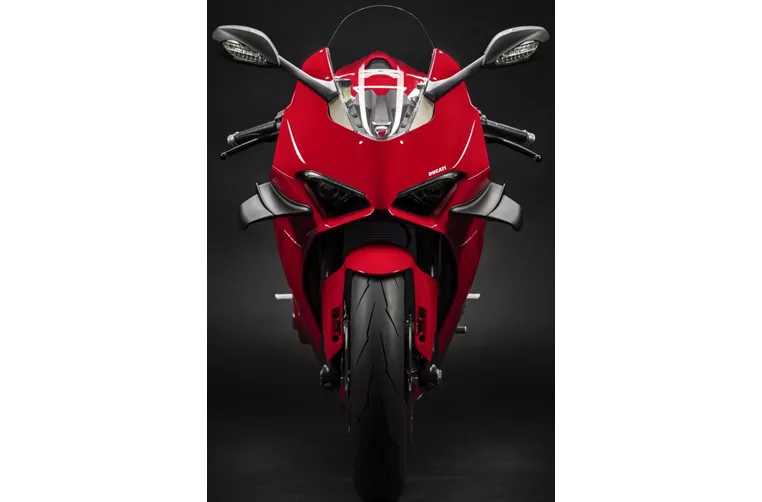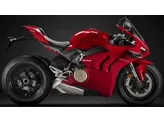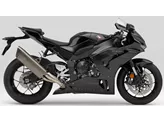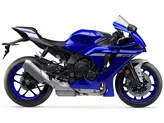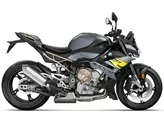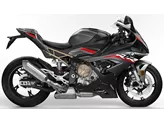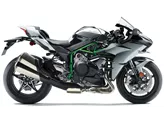BMW S 1000 RR 2015 vs. Ducati Panigale V4 2020
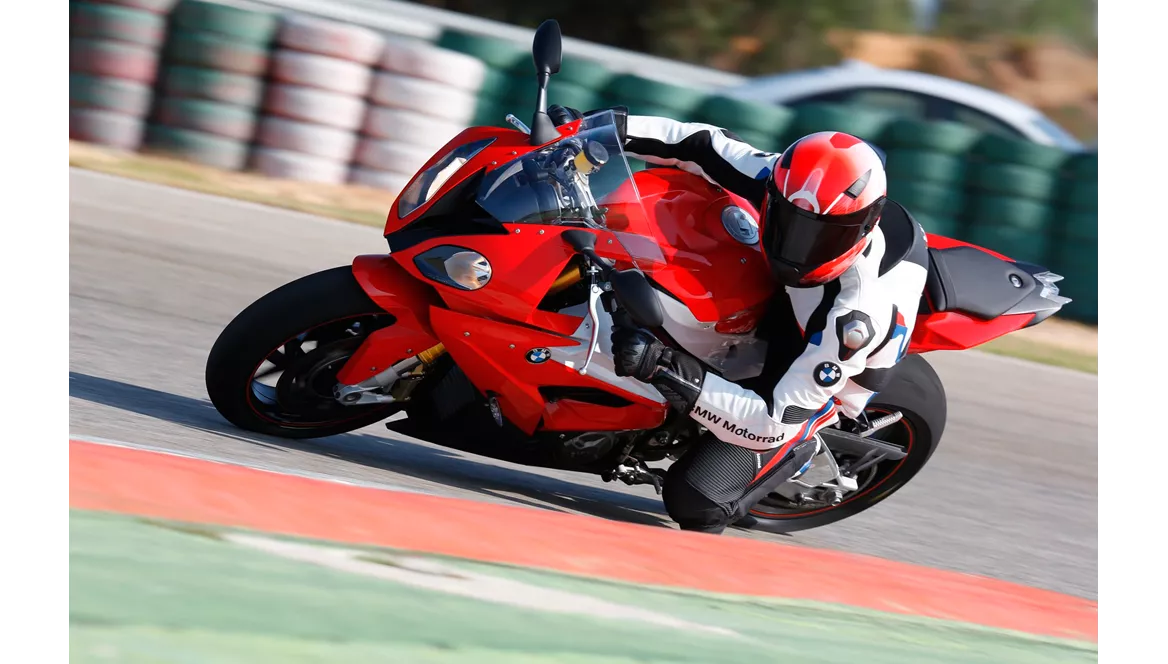
BMW S 1000 RR 2015
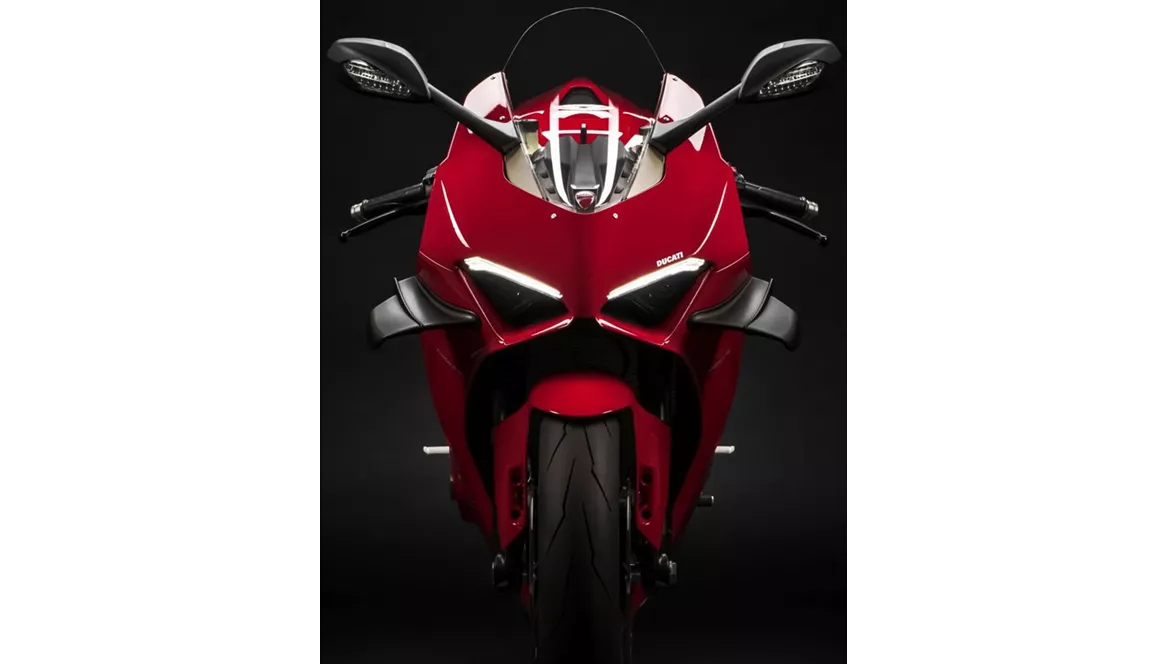
Ducati Panigale V4 2020
Vue d’ensemble - BMW S 1000 RR 2015 vs Ducati Panigale V4 2020
When comparing the BMW S 1000 RR 2015 and the Ducati Panigale V4 2020, it is evident that both motorcycles have their own unique strengths and weaknesses.
Starting with the BMW S 1000 RR 2015, it boasts an in-line engine with a displacement of 999ccm. This powerful engine produces 199 HP and 113 Nm of torque, making it an incredibly fast and thrilling ride. The bike's compression ratio is 13, and it features 4 cylinders. The chassis is made of aluminum and has a twin tube frame, providing stability and agility on the road. The front suspension is a telescopic fork, while the rear suspension is a swing arm. The braking system consists of double disk brakes with radial technology. The front tire has a width of 120mm and a diameter of 17 inches, while the rear tire has a width of 190mm and the same diameter. The wheelbase measures 1425mm, and the seat height is 815mm. The kerb weight of the bike, including ABS, is 204kg, and it has a fuel tank capacity of 17.5 liters.
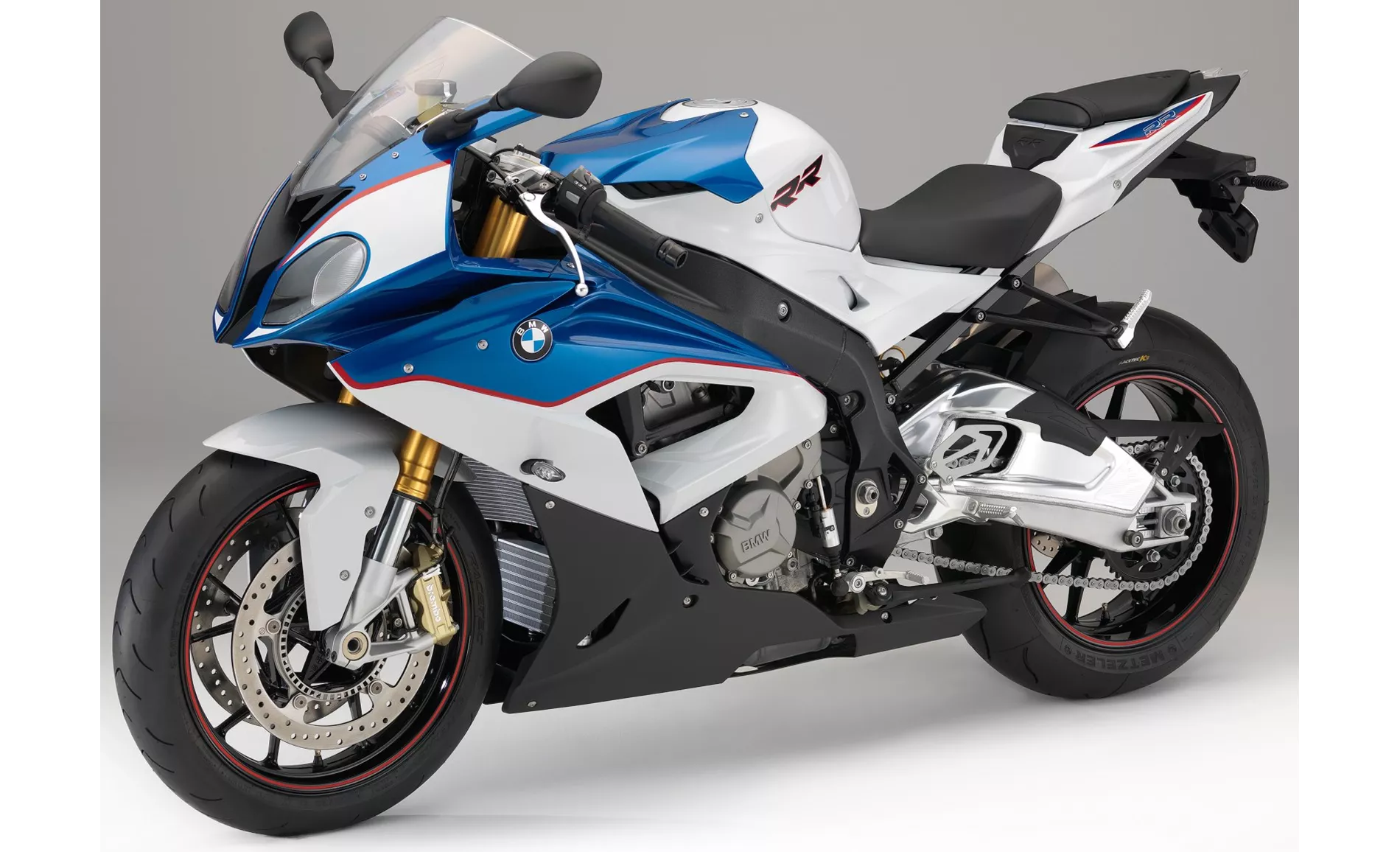
BMW S 1000 RR 2015
On the other hand, the Ducati Panigale V4 2020 features a V engine type with a displacement of 1103ccm. This engine generates a higher power output of 214 HP and 124 Nm of torque. The compression ratio is slightly higher at 14, and it also has 4 cylinders. The chassis is made of aluminum and has a monocoque frame, providing strength and stability. The front suspension is an upside-down telescopic fork, while the rear suspension is a single swing arm. The braking system consists of double disk brakes with radial and monoblock technology. The front tire has the same width as the BMW at 120mm and the same diameter of 17 inches, while the rear tire is slightly wider at 200mm. The wheelbase measures 1469mm, and the seat height is slightly higher at 830mm. The kerb weight of the bike, including ABS, is slightly lighter at 198kg, and it has a slightly smaller fuel tank capacity of 16 liters.
In terms of strengths, the BMW S 1000 RR 2015 offers a superb shift assistant, allowing for smooth and quick gear changes. The engine is incredibly powerful and rev-happy, providing an exhilarating riding experience. Additionally, the bike has a great range of accessories available, allowing riders to customize and enhance their bike. Furthermore, the BMW S 1000 RR 2015 comes with a race-ready data logging tool and calibration tool, which can be beneficial for professional riders.
On the other hand, the Ducati Panigale V4 2020 boasts clever electronics, which enhance the overall riding experience and provide added safety. It also offers noticeable upgrades compared to the previous model, making it even more appealing to riders. Additionally, the bike is more accessible than ever before, allowing a wider range of riders to enjoy its performance.

Ducati Panigale V4 2020
However, both bikes have their weaknesses. The BMW S 1000 RR 2015's chassis can quickly reach its limit in the hands of professional riders, which may limit its performance potential. On the other hand, the Ducati Panigale V4 2020 has a small fuel tank from an ergonomic point of view, which may require more frequent refueling. Additionally, it may not perform as well in straight-line driving at high speeds in wet conditions.
In conclusion, both the BMW S 1000 RR 2015 and the Ducati Panigale V4 2020 are impressive motorcycles with their own unique features and capabilities. Riders looking for a powerful and customizable bike with great accessories may lean towards the BMW S 1000 RR 2015, while those seeking advanced electronics and noticeable upgrades may prefer the Ducati Panigale V4 2020. Ultimately, the choice between the two will depend on the rider's preferences and priorities.
Caractéristiques techniques BMW S 1000 RR 2015 par rapport à Ducati Panigale V4 2020
Avantages et inconvénients en comparaison
Avantages et inconvénients en comparaison
BMW S 1000 RR 2015

Avec des faits concrets, la BMW peut encore marquer des points en 2015. Si vous aimez les performances de pointe, vous devez acheter la BMW. Elle vire en haut avec une puissance incroyable et distancie le reste du peloton dès 200. Les pilotes grands et lourds pourront en profiter encore plus. BMW n'a pas choisi la facilité avec cette machine et a mis sur pied une moto très universelle. Si l'on faisait un test comparatif avec 50 pilotes différents (du rookie au professionnel), la BMW obtiendrait la meilleure moyenne de toutes les motos de 1000 cm3. Le châssis électronique, mais aussi les aides à la conduite, permettent aux professionnels d'aller vite et aux débutants de rouler en toute sécurité. Une recommandation top pour un groupe cible très large. Les pilotes amateurs très rapides ne seront pas satisfaits à 100% par le châssis de série. Ceux qui ne souhaitent pas modifier le châssis devraient plutôt se tourner vers une R1M, une Panigale S ou encore une RSV RF. Quant à ceux qui modifient de toute façon leur moto, ils trouveront avec la S 1000 RR la base la plus puissante et la plus universelle. De manière surprenante, cette machine à la puissance d'ours se comporte également très bien sur les routes de campagne. Dans l'ensemble, cela ressemble à un compromis, mais dans la pratique, ce n'est jamais le cas.
Ducati Panigale V4 2020

La conclusion est très facile à tirer. Ducati a amélioré une "moto déjà presque parfaite" sans rien changer de négatif. Bien que la conduite sur route avec ce carénage radical fasse déjà sensation et que l'un ou l'autre pilote trouve cela désagréable, il se sent visiblement plus à l'aise avec elle sur la piste de course. On obtient une moto "out of the box" qui ressemble plus que jamais à une moto de championnat du monde Superbike. Je pense en outre que le propriétaire de la V4 2018 est tout à fait en mesure d'améliorer ses temps au tour avec la version 2020. Mon conseil : si l'on fait en sorte d'agrandir le réservoir ou de le rendre plus adhérent, on pourrait rouler encore plus avec sa coque sur le centre.
Comparaison des prix Prix moyen du marché BMW S 1000 RR vs Ducati Panigale V4
There are a few key differences between a BMW S 1000 RR 2015 and a Ducati Panigale V4 2020. In terms of price, the actual average price of a Ducati Panigale V4 2020 is about 144% higher. Compared to Ducati Panigale V4 2020 there are more BMW S 1000 RR 2015 bikes available on the 1000PS.de Marketplace, specifically 8 compared to 6. It takes less time to sell a BMW S 1000 RR with 77 days compared to 100 days for a Ducati Panigale V4. Since model year 2010 1000PS.de editors have written 135 reviews for the BMW S 1000 RR and 18 reviews for the Ducati Panigale V4 since model year 2018. The first review for the BMW S 1000 RR was published on 4/16/2008 and now has more than 4,000 views. This compares to more than 131,500 views for the first review on Ducati Panigale V4 published on 11/5/2017.

